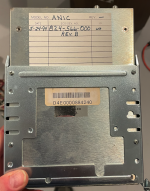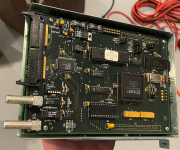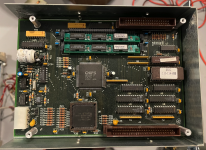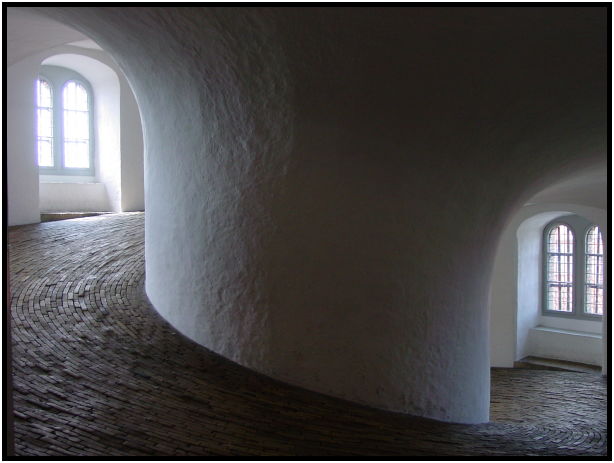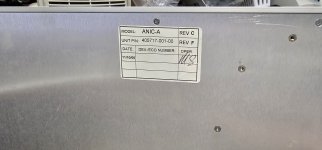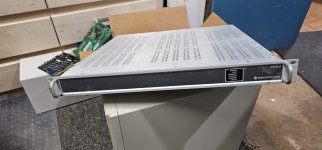philpem
Experienced Member
Hi all,
I'm looking for any software, manuals, photos of hardware - anything really - that relates to the Jerrold Communications / General Instrument analog cable TV headend equipment. (this is on topic, I promise!)
Many of their headend "addressable controllers" were built around DEC hardware -- the AH series units used a PDP-11, the Terminal Configurator ran on a PC, the ACC-4000 ran on a DEC Prioris server running SCO UNIX.
Things I'm looking for especially --
- The software from the ACC-4000 Addressable Controller (Prioris based), AI-0/AI-O or AH-4/AH-4E (PDP-11/73 based) controllers, or Terminal Configurator (PC based).
- Backup tapes from a running system (may be TK50, or DAT/DDS)
- Terminal Configurator, Message Editor (ME-1000) or "OSD Edit" software
- Any documentation
- Photos, or other details of the I/O cards (either the PC one - which may have been called ANIC - or the SCX11, SCX11E, SCX11M or SRT11 cards used in the PDP systems).
I'm trying to build an analog cable TV headend from scratch, as a bit of a preservation and "to see if I can" project.
So far I've managed to modulate a couple of channels and get a cable box to tune to them, but my two boxes have different frequency maps, and I need some way of sending an "Input Frequency Map" or channel name table to them. I've figured out part of the channel mapping process, but not the frequency mapping.
I'm hoping that someone might have inherited a bunch of backup tapes, hardware or media from a cable TV company who was migrating to digital....
Cheers
Phil
I'm looking for any software, manuals, photos of hardware - anything really - that relates to the Jerrold Communications / General Instrument analog cable TV headend equipment. (this is on topic, I promise!)
Many of their headend "addressable controllers" were built around DEC hardware -- the AH series units used a PDP-11, the Terminal Configurator ran on a PC, the ACC-4000 ran on a DEC Prioris server running SCO UNIX.
Things I'm looking for especially --
- The software from the ACC-4000 Addressable Controller (Prioris based), AI-0/AI-O or AH-4/AH-4E (PDP-11/73 based) controllers, or Terminal Configurator (PC based).
- Backup tapes from a running system (may be TK50, or DAT/DDS)
- Terminal Configurator, Message Editor (ME-1000) or "OSD Edit" software
- Any documentation
- Photos, or other details of the I/O cards (either the PC one - which may have been called ANIC - or the SCX11, SCX11E, SCX11M or SRT11 cards used in the PDP systems).
I'm trying to build an analog cable TV headend from scratch, as a bit of a preservation and "to see if I can" project.
So far I've managed to modulate a couple of channels and get a cable box to tune to them, but my two boxes have different frequency maps, and I need some way of sending an "Input Frequency Map" or channel name table to them. I've figured out part of the channel mapping process, but not the frequency mapping.
I'm hoping that someone might have inherited a bunch of backup tapes, hardware or media from a cable TV company who was migrating to digital....
Cheers
Phil


